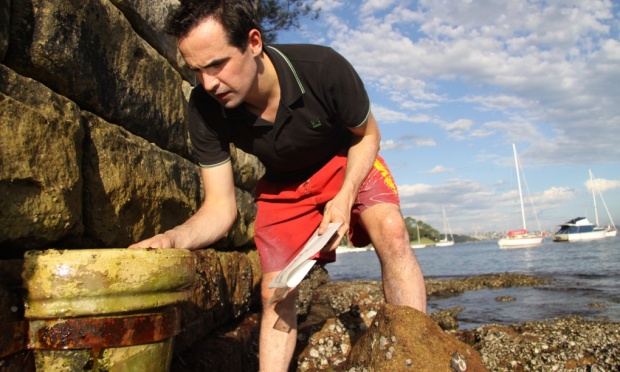Why your washing machine is the biggest Ocean problem was revealed by a recent study Ecologist Marc Brown released.
His study revealed surprising results about the source of microplastic pollutants in the world’s oceans. The study indicates that water in washing machines contain around 2,000 microparticles of plastics. But, these microplastics are thought to release chemicals and to join the food chain when it enters the bloodstream and then the body of marine life – which may then find its way into dinner plates.
When ecologist Mark Browne studied ocean microplastics at 18 sites across the globe, he was shocked by what he found. It turns out that most of the material polluting the ocean is microfiber, microscopic flecks of plastic that come off clothing in the washing machine and get dumped into the oceans.
This is the first time someone has studied the environmental impact of human-made fabrics on such a large scale, and the results are worrying. The oceans play a critical role in our food chain, so the plastic microfibers filling our ocean pose a threat to humans and other life. “Ingested and inhaled [plastic] fibers carry toxic materials and a third of the food we eat is contaminated with this material,” according to Dr. Browne.
Each time we wash a shirt, jacket or other clothing made from these materials, plastic microfibers get washed into the sewage system and flow into the ocean. From there the microfibers are ingested by small fish, and make their way up the food chain. And these fibers are everywhere. They contaminate not only our waterways, but also our food and air.
When ecologist Mark Brown studied microplastics on shorelines across the globe, he discovered that a full 85% of the plastic came from man-made clothing fibers. Experiments with washing machines reveal that 1,900 pieces of plastic microfibers come off of a single piece of clothing every time it’s washed. Since nearly every major clothing company now uses these sorts of man-made fibers, it adds up to a huge amount of plastic microfibers entering our waterways each year. And just like other plastics, plastic microfibers contribute toxins to our environment.
Science has only recently discovered this problem, and what we need now is a solution to this mess.
Ressources:
http://action.storyofstuff.org/sign/columbia_sportswear_microfibers/
http://www.theguardian.com/sustainable-business/2014/oct/27/toxic-plastic-synthetic-microscopic-oceans-microbeads-microfibers-food-chain




